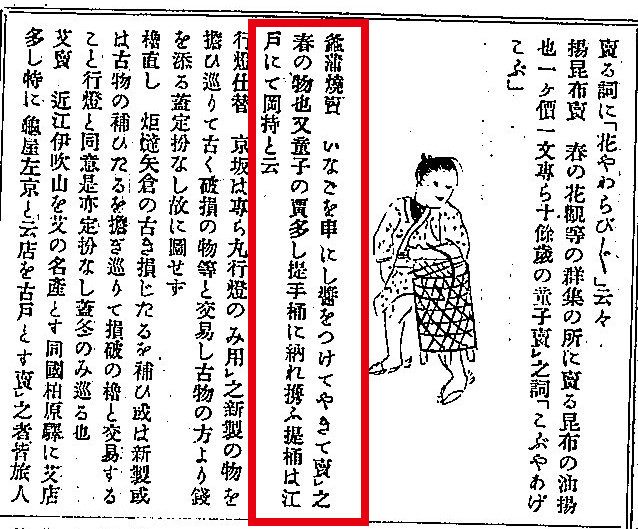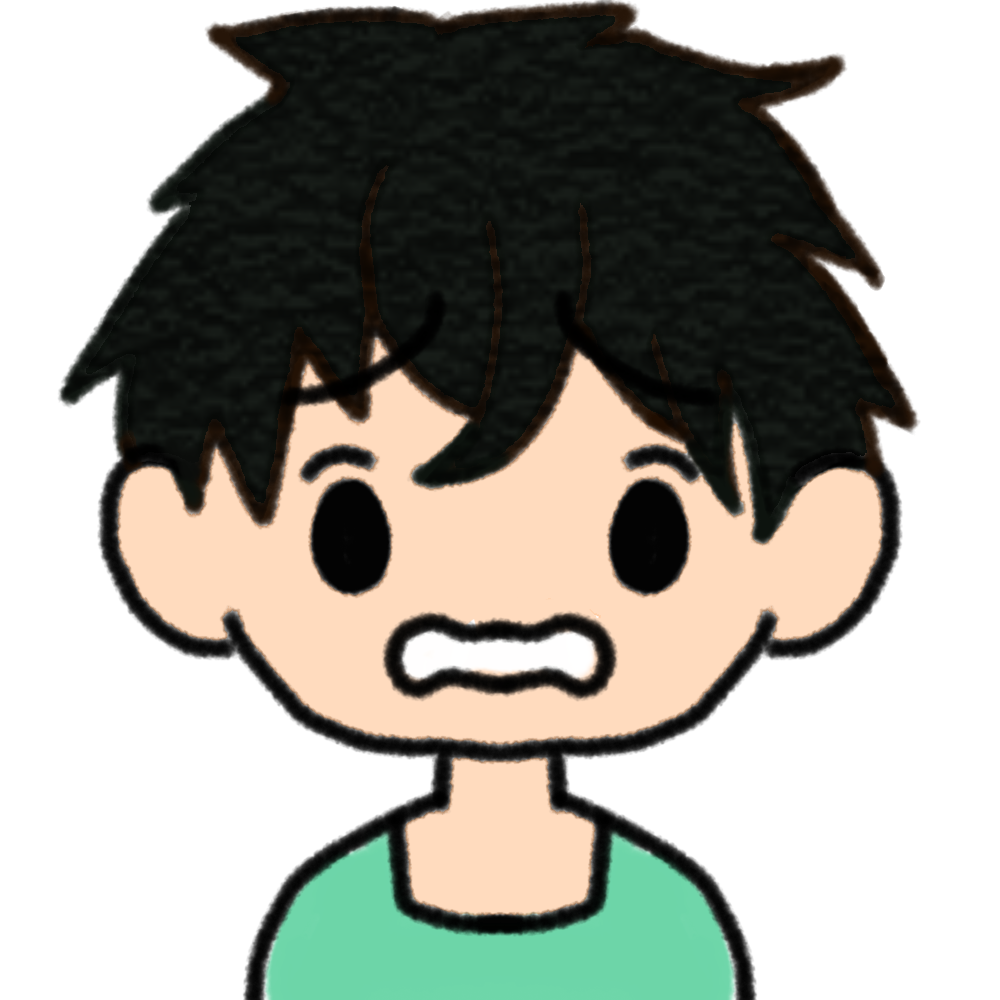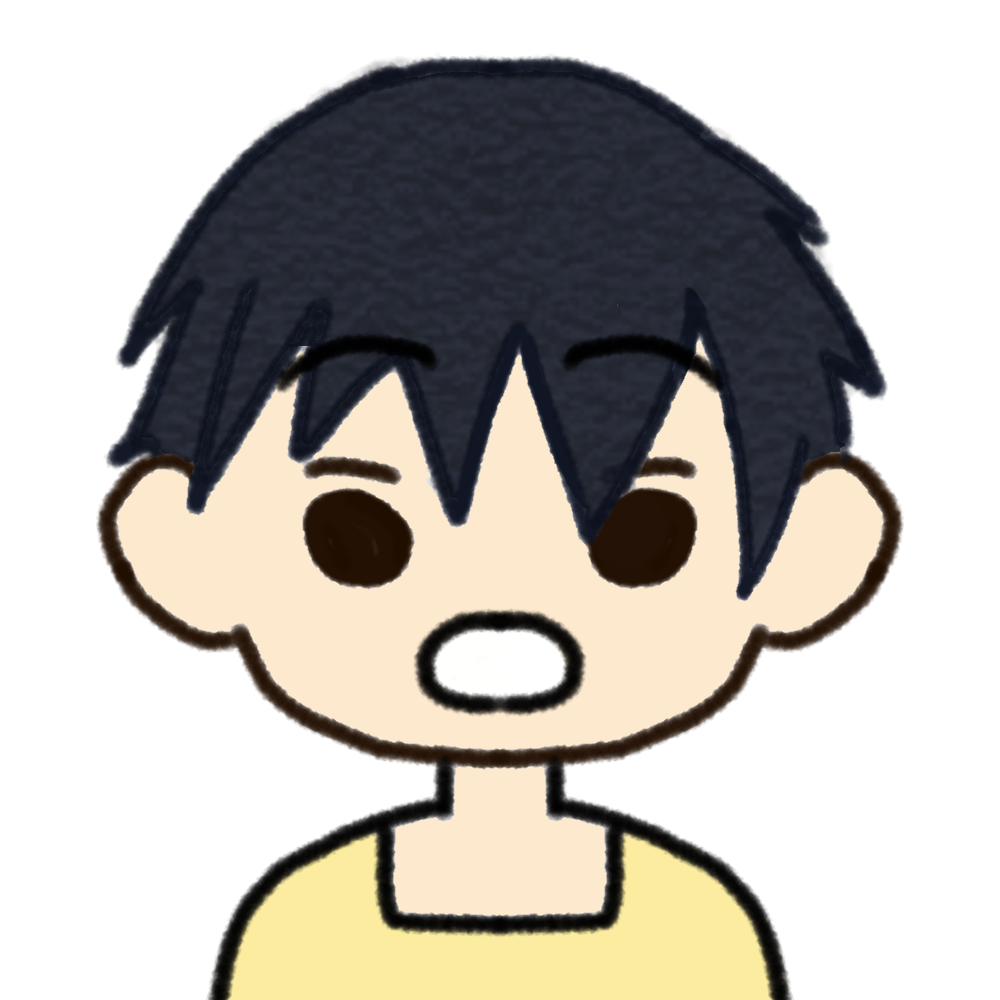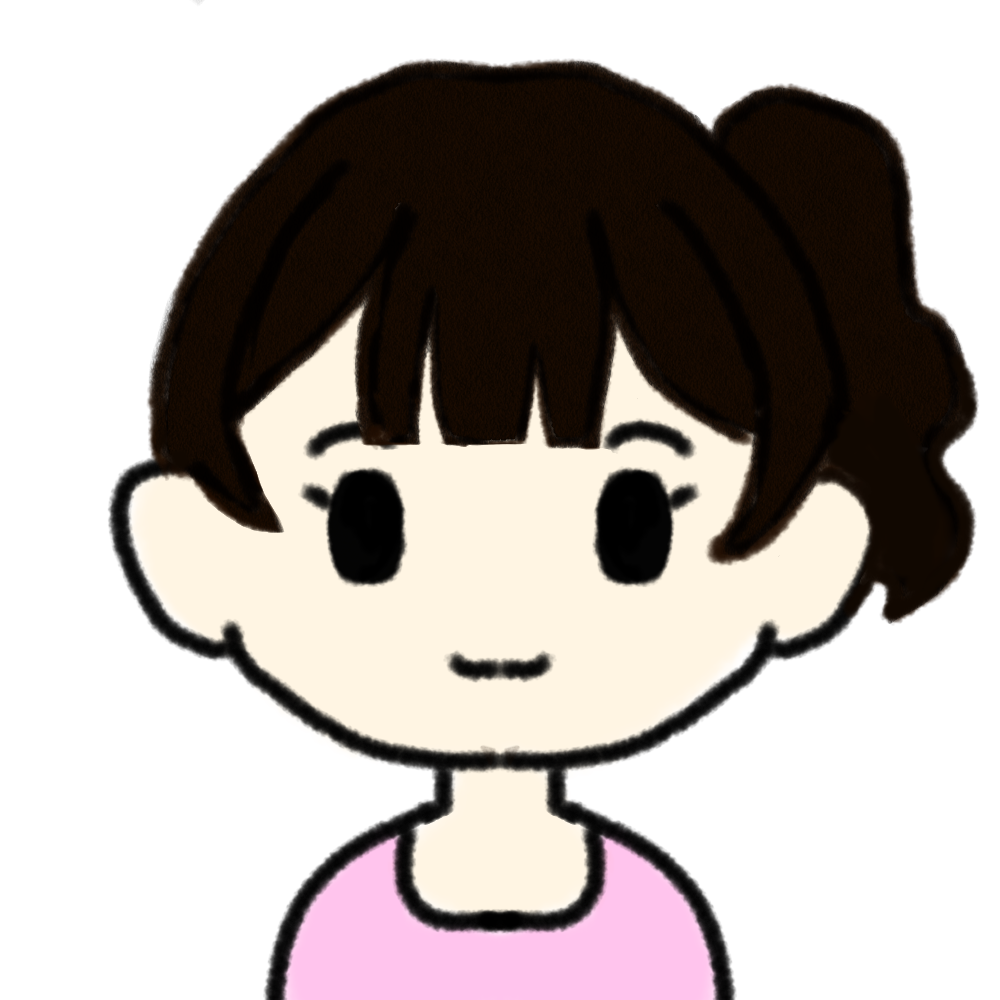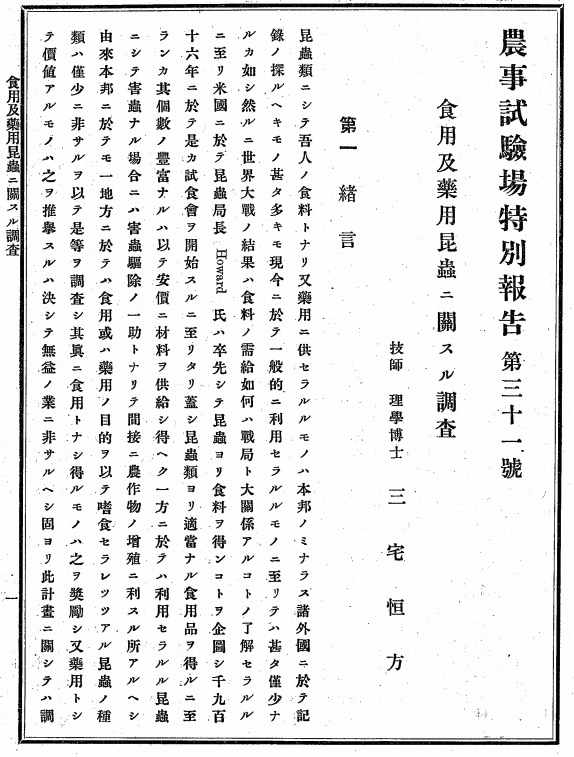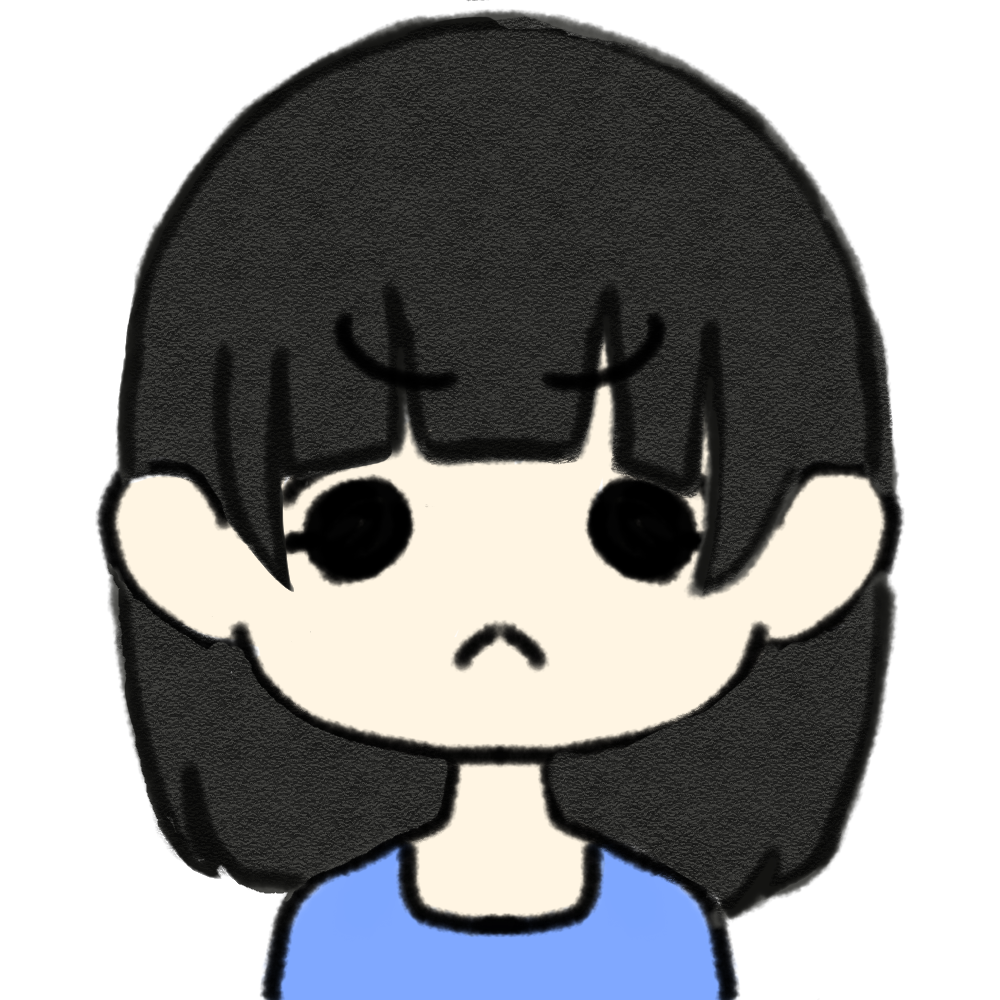It is thought that this is due to the rapid change in people's habits due to westernization during the Meiji Restoration.
There, a trend of abhorrence to eating insects spread, and Entomophagy became a distant concept to people.
But in reality, many insects, including locusts and crickets, are still eaten in Nagano, Yamagata, and Gunma prefectures.
Why do insectivores remain in these areas?
 Home >
History of Entomophagy >
Insects were soul food in medieval Japan!
Home >
History of Entomophagy >
Insects were soul food in medieval Japan!
